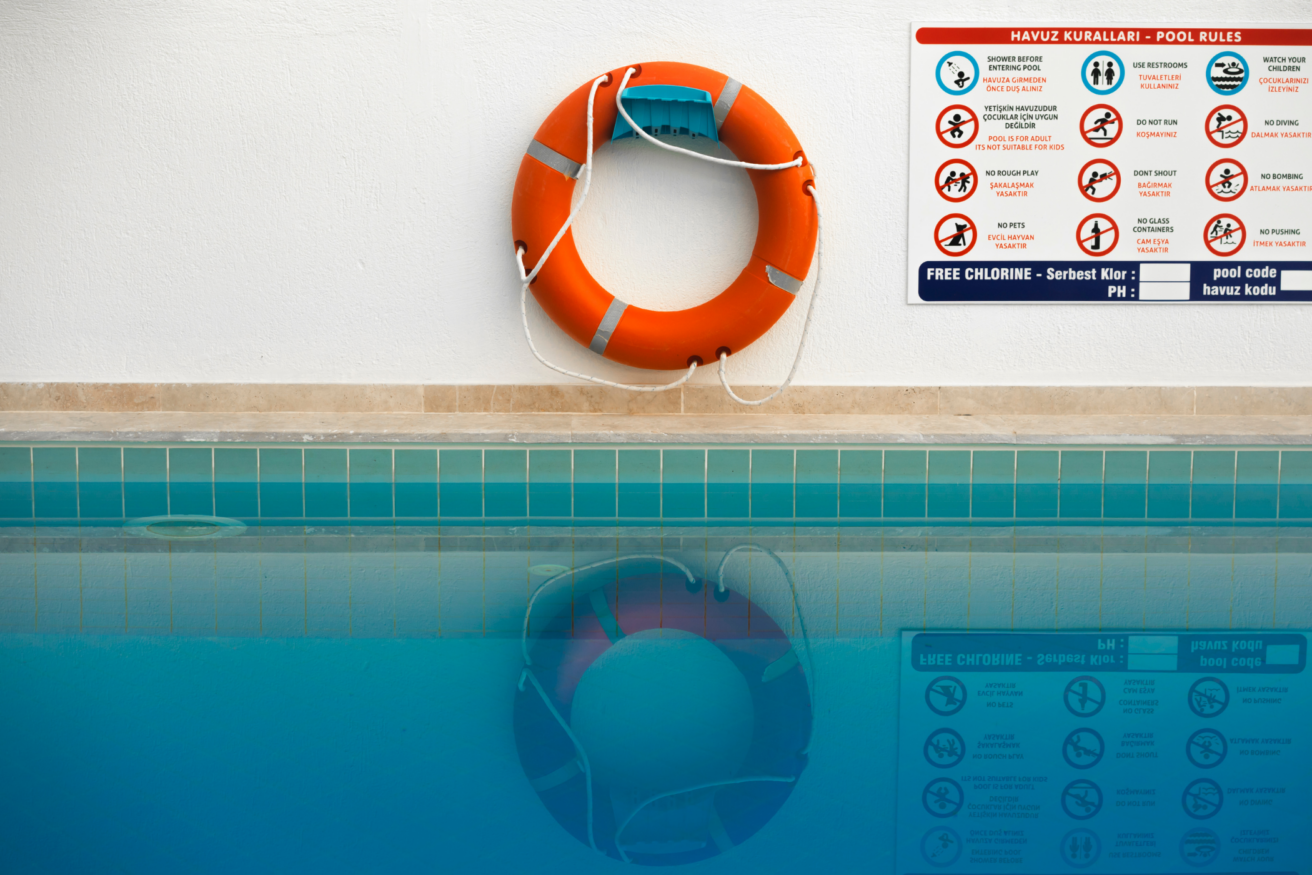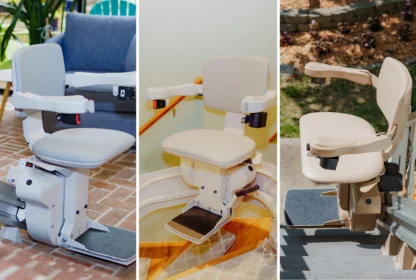
It was summer break. Finally a high school graduate, Jenny eagerly looked forward to starting college in the fall, but not before enjoying everything that summer had to offer. The first order of business: an obligatory trip to the beach with her friends. As soon as they arrived, they threw their towels and bags down in the sand, kicked off their flip flops, and raced down to the water’s edge. “Last one in buys lunch!” Jenny yelled as she dove eagerly into a wave.
The impact was instantaneous. She had misjudged the depth – she didn’t see the sand bar through the opaque waves. Panicked but unable to move, she lay frozen, face down in the water. Her friends must have signaled the Life Guards – they rushed over and pulled her out of the water. It was all a haze after that – ambulances, paramedics, hospitals…
With summer in full swing, many people go on vacations and venture outdoors for various summertime activities. However, with the rise in activity also comes a rise in accidents. According to Sci-recovery.org, about 10,000 Americans suffer Spinal Cord Injuries each year, with the highest percentage occurring during the summer months. Many of these accidents are easily preventable with a few simple safety precautions.
Tips to Prevent Injury
-
Only Dive in Designated Areas
If you are swimming in an ocean or lake, terrain and water levels are highly unpredictable. Protect yourself by entering water slowly – foot first. Never dive in the water where you are unsure of the depth. If you are swimming in a pool, pay close attention to any “No Diving” signs, and dive only in designated areas. Always ensure that water is at least 9 feet deep before diving in.
-
Check Swimming Conditions
Ocean conditions change day to day, hour to hour. Pay attention to all posted signs and colored flags – yellow and red flags typically indicate rough or unsafe swimming conditions. When the surf is rough, waves can easily knock individuals down, causing injury. Waves that break close to the shore are particularly dangerous as they are unpredictable and can cause individuals to lose their footing, posing the danger of injury or drowning.
-
Never Run Near Pools or other Potentially Slippery Surfaces
Remember when you were a kid and lifeguards at the town pool used to blow their whistle at you for running on the pool deck? They had good reason to do so. These moist areas are prone to developing moss and mold, and can quickly become slippery. You typically won’t see these slippery spots, and can easily lose traction on them – especially if you are running.
-
Don’t Drink and Drive
Many car crashes result in serious injury, including spinal cord damage. Many people like to enjoy alcoholic beverages during the summer. While imbibing responsibly is fine, it can be hard to gauge your consumption when drinking fruity mixed drinks. Never drink and drive, or ride in a car with a driver who has been drinking. Alcohol impairs the driver’s abilities, significantly increasing the risk of a collision.
-
Follow Safety Guidelines for Sports and Activities
When riding a bicycle, skateboard, roller skates, or another device, always be sure to wear proper safety equipment. Follow all posted traffic signs, and use judgment in determining which streets and areas are safe for these activities. Avoid unknown routes at night – lower lighting may make it more difficult to recognize curbs, uneven surfaces, and sharp turns. For activities such as baseball, avoiding situations that may cause you to collide with another person or object head first. For example, always slide foot-first rather than head-first to prevent serious injury.
Always practice good judgment. Summer is a great time to relax and reset in a carefree environment – don’t let injury get in the way!


